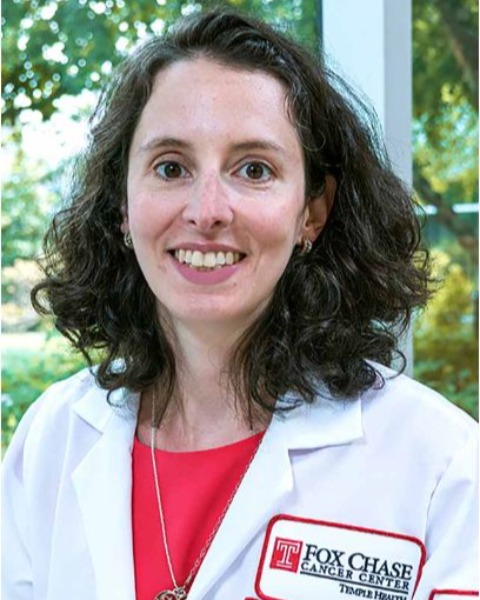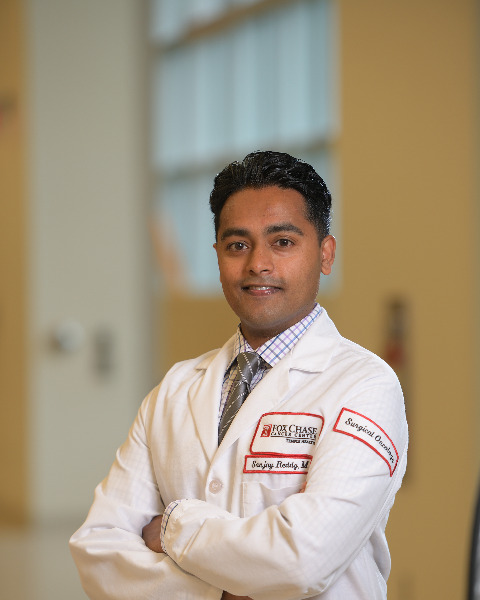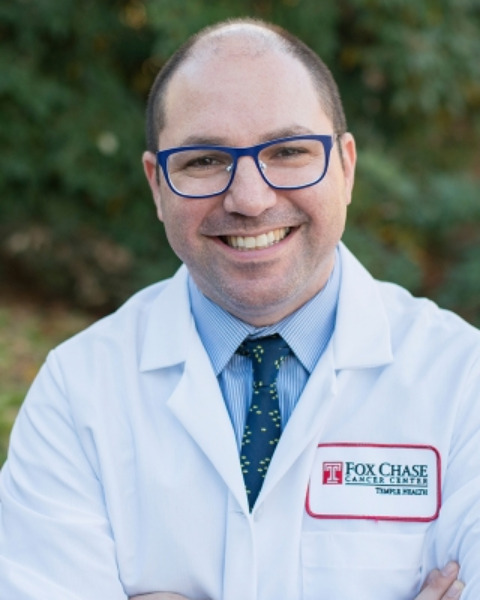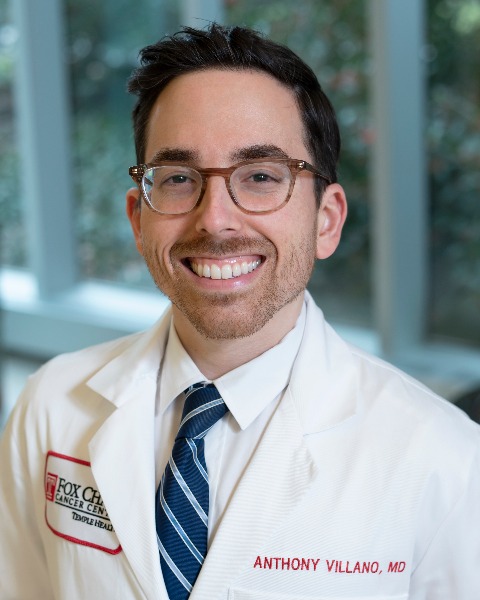Disparities in Surgical Oncologic Care
E119: Survival Impact of National Accreditation Program for Rectal Cancer Treatment Timing Standards

James Sun, MD
Complex General Surgical Oncology Fellow
Fox Chase Cancer Center
Ambler, Pennsylvania, United States
James Sun, MD
Complex General Surgical Oncology Fellow
Fox Chase Cancer Center
Ambler, Pennsylvania, United States- JF
Jordan Fredette, MPH
RESEARCH BIOSTATISTICIAN
Fox Chase Cancer Center, United States - JH
Jill Hasler, PhD
Assistant Research Professor
Fox Chase Cancer Center, United States - JV
Joceline Vu, MD
Assistant Professor
Colorectal Surgery, Temple University, United States - MP
Matthew Philp, MD
Associate Professor
Colorectal Surgery, Temple University, United States - JP
Juan Poggio, MD
Professor, Division Chief
Colorectal Surgery, Temple University, United States - AP
Andrea S. Porpiglia, MD, Mac
Surgical Oncologist
Department of Surgical Oncology, Fox Chase Cancer Center, United States 
Stephanie H. Greco, MD
Assistant Professor
Fox Chase Cancer Center, Pennsylvania, United States
Sanjay S. Reddy, MD
Associate Professor
Fox Chase Cancer Center
Philadelphia, PA, United States
Jeffrey M. Farma, MD
Professor
Fox Chase Cancer Center
Philadelphia, Pennsylvania, United States
Anthony M. Villano, MD (he/him/his)
Assistant Professor
Fox Chase Cancer Center
Philadelphia, Pennsylvania, United States
ePoster Abstract Author(s)
Submitter(s)
Author(s)
The National Accreditation Program for Rectal Cancer (NAPRC) was established in 2017 to decrease variation in rectal cancer treatment and improve oncologic outcomes. Initiation of curative intent treatment < 60 days of first evaluation is one NAPRC standard. We aimed to identify if oncologic outcomes improved with timely treatment and factors associated with its receipt.
Methods:
We identified 387,099 rectal adenocarcinoma patients treated from 2004-2020 in the NCDB. We excluded patients with stage 4 disease, receiving palliative care, or unknown diagnosis to treatment time. Patients were analyzed in 2 cohorts: timely (< 60 days) or delayed treatment (≥60 days). Chi-squared and t-tests were used to compare categorical and continuous variables, respectively. Survival was estimated using the Kaplan-Meier method. Logistic regression modeling was used to identify barriers to timely treatment.
Results:
We identified 150,283 patients with known time from diagnosis to first treatment. Most patients were male (61.2%), White race (85.6%) with Charlson index 0 (77.2%). Most patients lived in the metropolitan setting (79.1%) and among the 2 highest income brackets (≥$48k, 52.2%) with private (45.5%) or Medicare (40.5%) insurance, treated at comprehensive community cancer (36.7%) or academic (32.8%) centers. Most patients had stage 2 (34.3%) or 3 cancer (44.3%) treated with chemoradiation (64.3%), surgery (23.8%), or chemotherapy (9.1%) first. The proportion of timely treated patients decreased over the study period (2004, 89.4% vs 2020, 79.6%; p< 0.01). Timely treatment was associated with improved survival compared to delayed treatment (median OS 137.3 vs 106.8 m, p< 0.01, Figure 1). Logistic regression identified patients in the highest income bracket (≥$63k; OR 1.28 95%CI 1.21-1.35) with stage 2 (OR 1.33 95%CI 1.27-1.38) or 3 (OR 1.79 95%CI 1.44-1.58) cancer receiving chemoradiation (OR 1.22 95%CI 1.16-1.29) or chemotherapy (OR 1.88 95%CI 1.74-2.04) received more timely treatment. Patients treated at academic centers (OR 0.64 95%CI 0.57-0.70) with Charlson ≥2 (OR 0.80 95%CI 0.76-0.85) and of Black (OR 0.59 95%CI 0.58-0.62) or Hispanic (OR 0.73 95%CI 0.69-0.78) race were more likely to be delayed (p< 0.01 all variables).
Conclusions:
Timely rectal cancer treatment within 60 days following NAPRC guidelines is associated with improved survival. Significant disparities exist in receipt of timely care with attendant worse survival, supporting initiatives to homogenize care nationally. As multimodal care for rectal cancer becomes increasingly complex, timely treatment remains paramount.
Learning Objectives:
- Identify the treatment timing standard of the National Accreditation Program for Rectal Cancer
- Describe disparities preventing timely initiation of rectal cancer treatment
- Discuss strategies to improve timely delivery of rectal cancer treatment across treatment settings
